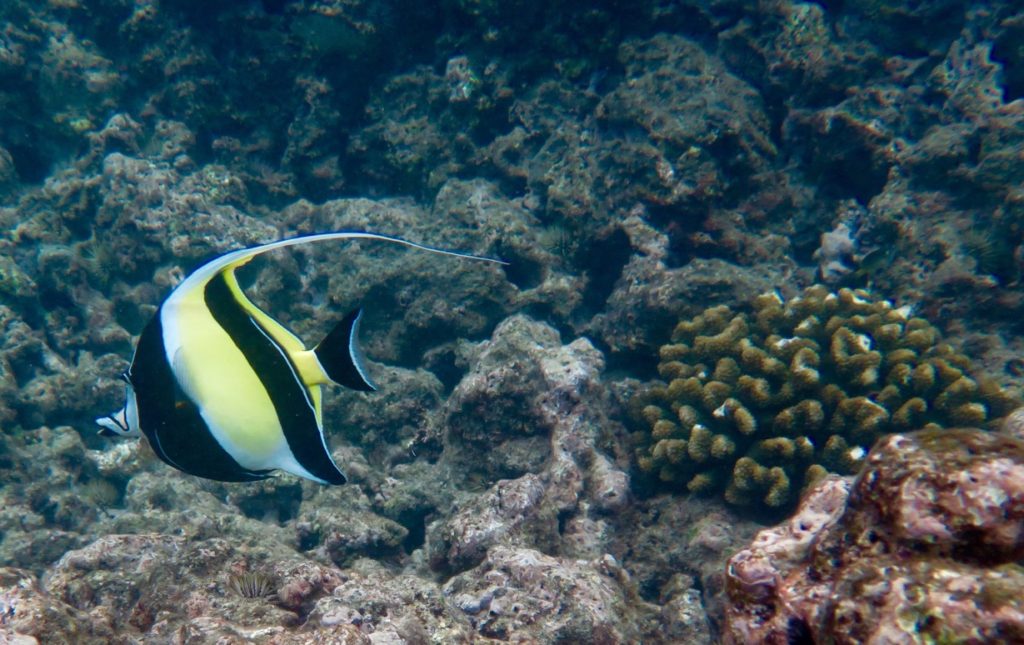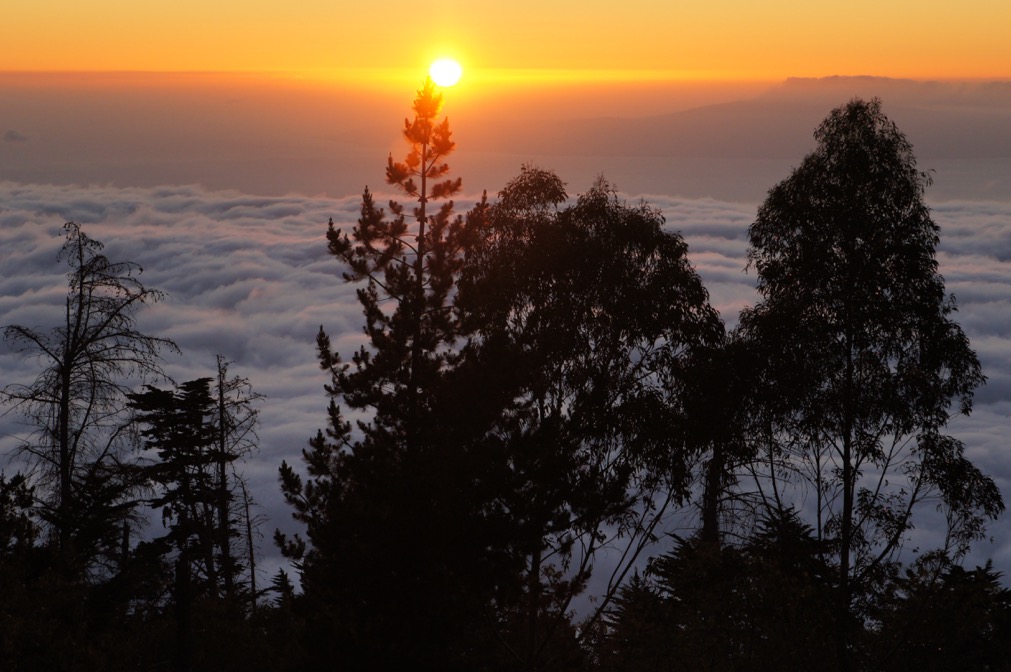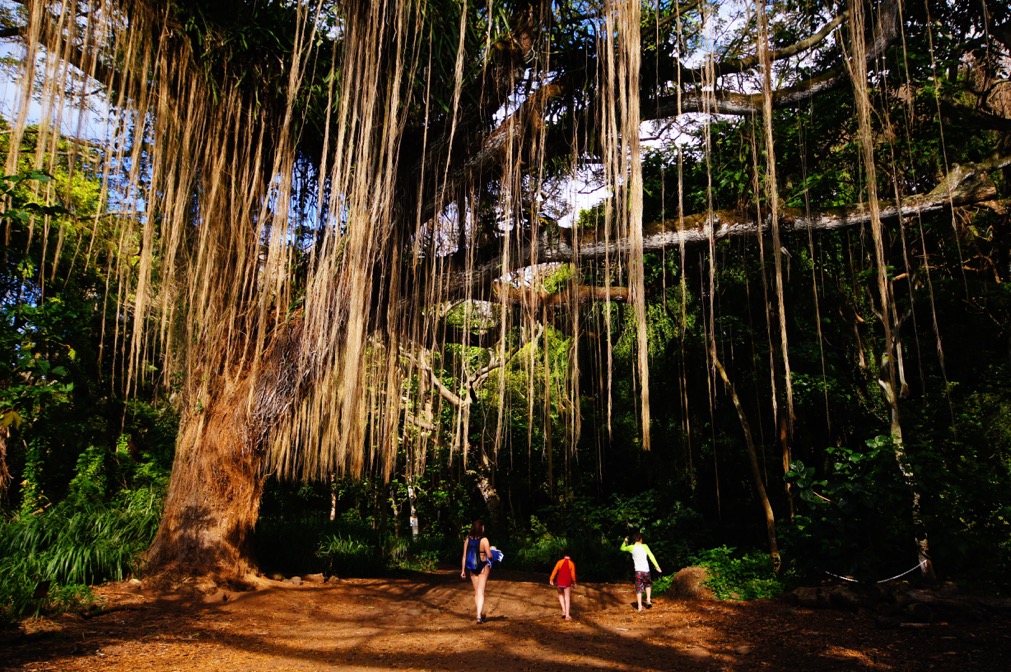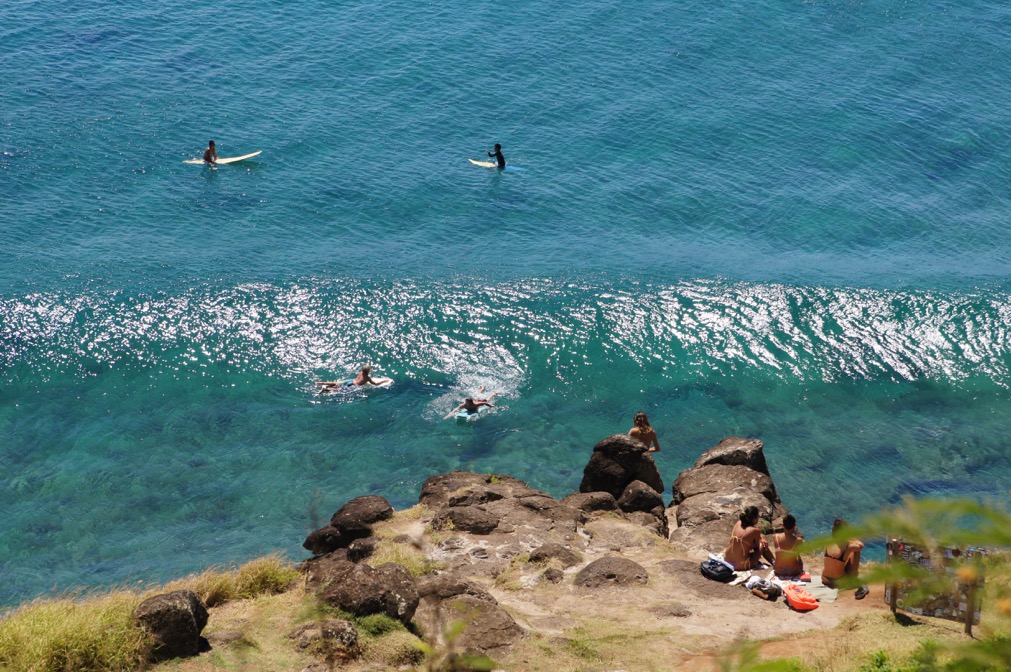The best roads to drive are those that you would really rather not drive at all, the ones that practically yank you out of the car every mile to hike, surf, ski or just breathe in the tantalizing world beyond the windshield. Maui has a deep bench of such roads, among them a 25-mile stretch that runs along the coast on the north side of the West Maui Volcano.
Last April, during a nine-day stay on the island with my wife and kids, we twice ventured along this route — once from Kahului, on the Kahekili Highway, and once from Kaanapali, on the Honoapiilani Highway — and each time found pockets of wild Hawaii, along with far less traffic and fewer people than I’ve encountered on the famous Hana Highway.
Not that I’ve got anything against that marquee route. In the iconic-one-day-drive department, it delivers on high expectations and, to be honest, deserves a three-to-four-day commitment (which I’ve never managed to give it).
But unless you follow the hard-to-follow advice to start early, beeline to Hana and work your way back, you’ll be sharing your special vacation moments with a lot of other people.
The road is named for Kahekili II, who ruled Maui, Molokai, Lanai and part of Oahu in the late 1700s. His claims to fame include conquering holdout Oahuan chiefs and building a house with their bones — and standing 7 feet tall while weighing 300 pounds. If I have any nits to pick with his highway, I’ll be keeping them to myself.
Within minutes of passing the sacred Iao Valley, where Kahekili’s army fell (in his absence) to Kamehameha I in 1790, the road jumps out of its saddle, morphing from a carefree, two-lane cruiser to a narrow, harrowing zigzag with afterthoughts of pavement squeezed between looming rock walls and plunging ravines. More than once, I catch myself struggling to top the posted 5 mph speed limit.

A cabin in Maui’s Polipoli Spring State Recreation Area affords a view across the island’s isthmus to the West Maui Volcano. (John Briley/For The Washington Post)
In many places, the rocks above are restrained by industrial netting, which often reaches dozens of feet above the road and, rather than inspiring confidence, leads one to wonder if entire walls are about to squash interlopers. On the hairiest of hairpins, I follow the local custom of honking before initiating a turn but, frankly, were anyone oncoming with any commitment at all, the horn would merely preface a collision.
While my attempts to capture Hawaii’s grandeur in photos are largely futile, each stop allows Kai, 8, and Christina, 5, a chance to reset their equilibrium on solid ground.
About 15 miles along, we park in a dusty pullout and hike a couple hundred yards down an eroding hillside to a series of volcanic-rock tide pools, called the Olivine Pools — their name, apparently, coming from a guidebook writer and not due to any dazzling aquatic hue. Most are wading depth, although one is about 15 feet deep and teeming with fish. This proves to be an excellent place to introduce Christina to snorkeling while Kai chases crabs and mudskippers in the shallows. One caution: Web forums are rife with stories of injuries and deaths here, mostly of people clocked by waves while poking around on the lava wall between sea and pools. Although we didn’t see those reports until after our visit, we instinctively kept away from the more exposed sections of that wall.
During our visit, an occasional breaker crests the wall, enough to flush a little new water into the pool but not to inspire fear. When we arrive, we have this setting to ourselves save for a lone dude sitting contemplatively on a rock. During our 90-minute stay, couples and families trickle in, a stream that culminates with the arrival of a group of boisterous 20-somethings who decide, as only 20-somethings can, that our little snorkel nursery is an excellent place for their cannonball competition.
It’s easy to guess where the hole is, both by the people standing nearby and the puddles all around it, and we don’t have to wait long for certainty: Every 20 seconds or so, a plume erupts, often soaring more than 50 feet into the sky as the onlookers squeal with delight and shield their phones from the spray. (The water is forced upward by swells pushing into a partially submerged cave beneath the basin.)
Although there aren’t many confirmed reports of fatal accidents here, even one is enough to make me shudder. People knocked or sucked into the hole face a journey down a tube of sharp rocks, lined with urchins, into a violently churning chamber. Survival is unlikely. People have also died after being swept off the outer wall of the area by large swells. The excellent resource MauiGuidebook.com recommends observing the waves for some time before walking down toward the blowhole, and making sound decisions based on where you see wave action.

We pursue a more modest agenda, scoring milkshakes and delightful ice cream lattes from Braddah Chic’s Stop, run by a fourth-generation Kahakuloan who broke the family tradition of subsistence fishing for the stability of his hilltop burgers-fries-fish-and-more trailer. He’s a big, friendly guy with frank opinions about his village (“sleepy”), Maui (“getting crowded”) and his perch (“Why would I work anywhere else?”) and sends us off smiling.

A few days later, we follow the Honoapiilani Highway around from Maui’s resort-heavy West Coast. It takes us longer to ditch civilization from this approach but eventually we do, rising from the villas and golf courses of Kapalua to find, glinting in a paved pullout, the El Taco Borracho food truck. Our first clue that we need to eat here is the small crowd waiting in line, on a 100-degree arc of pavement, to eat hot Mexican fare.
We take our assortment of fish tacos, carne asada and quesadillas, hop a guard rail and follow a short trail to a pine-shaded ocean overlook. Across a channel, the outline of Molokai slopes gently into the sea. In the middle distance, a catamaran crosses our view. And even closer we can see, in the heaving surf, the light-brown shells of sea turtles navigating the shallows. We have this scene to ourselves, and I almost want to run back up to see if people are really eating this praiseworthy food in their cars. But then I remember we’re in Hawaii and maybe, just maybe, they all went somewhere better.
A mile down the road, we alight on the gem of this drive, Honolua Bay. The charm of Honolua starts well before you reach the beach, with a walk through an open forest of moss-draped banyan trees, coconut palms and other tropical plants. Sunlight splinters through the canopy and golden-hued chickens and roosters scurry up from a stream bed. There are other people here, but it’s all okay: With the soft ground, warm light and sweet smell of vegetation, the communal stoke is high, as if we’re all on the path into a hippie music festival.

That path opens to a rocky cove cupped by hills carpeted in grasses and trees. Out on a far point, a half-dozen surfers jockey for waves that peel into the bay and form dreamlike barrels before playing out into pillows of white foam. I reach for my surfboard before remembering that I don’t have one. I look around for one to borrow or steal or carve from a tree. No dice. I put on a snorkel fin just so I can kick myself harder for this blaring oversight. Deep breath. In Maui. Everything’s okay.

As much as I’m captivated by the sea life, I get an even bigger kick watching the kids’ total absorption in this fantasyland. They are both breathing and kicking comfortably, tapping my wife, Cathleen, and I excitedly to point out creatures that they’d only ever seen in children’s books and cartoons. Kai even follows me on a few dives to get a closer look at one oddity or another.
Naturally, someone needs to break this idyll by pushing their luck. I lead everyone along, trailing a massive Hawaiian turtle into an ever-shallowing nook where the surf threatens to trash us all on urchin-riddled rocks before Cathleen grabs my fin in a less-than-playful manner.
At the risk of sounding jaded, so much of what we experience in Maui is precisely what we expect: knee-buckling views, azure seas brimming with life, hikes into Jurassic-style forests, volcanic sunsets, fresh seafood and wonderfully modern cocktails.
Our surprise comes from how much of this magical island remains serene and roomy.

The sun illuminates a banyan tree in the forested walk from the Honoapiilani Highway to Honolua Bay. Some of this area is sacred to natives; visitors should honor the posted signs about trespassing. (John Briley/For The Washington Post)
We find it not only along the Kahekili and Honoapiilani but also on a back road up the flanks of Maui’s 11,000-foot crown, Haleakala, where we stand alone above the clouds, gazing upon the West Maui Volcano from afar and later, driving down the same road and seeing wild pigs dart from our headlights.
We find it on Makena Road, at a small cove called Kanahena, which we have to ourselves for an hour-long snorkel session.
We find it on the long lonely road beyond Hana, a strip of asphalt that bucks along the southern cuff of Haleakala, through acres of brown lava rock cast in sharp relief against the turquoise ocean. When the sun sets on us here, miles from the nearest lights of Pukalani, I feel as alone and exposed as I have in a long time.
I even find it in the heart of resort country, snorkeling off the sacred black rock at the Sheraton Maui. I am out a ways, around the bend from where most of the other tourists are bobbing and I glance up into the eyes of a giant sea turtle, literally two inches from my face. We both pause, heads just above the surface in the warm morning sun. She regards me passively before diving, suddenly sleek and athletic as she disappears around a rock, leaving me alone, suspended and buoyed by gratitude in the Hawaiian sea.

Comments